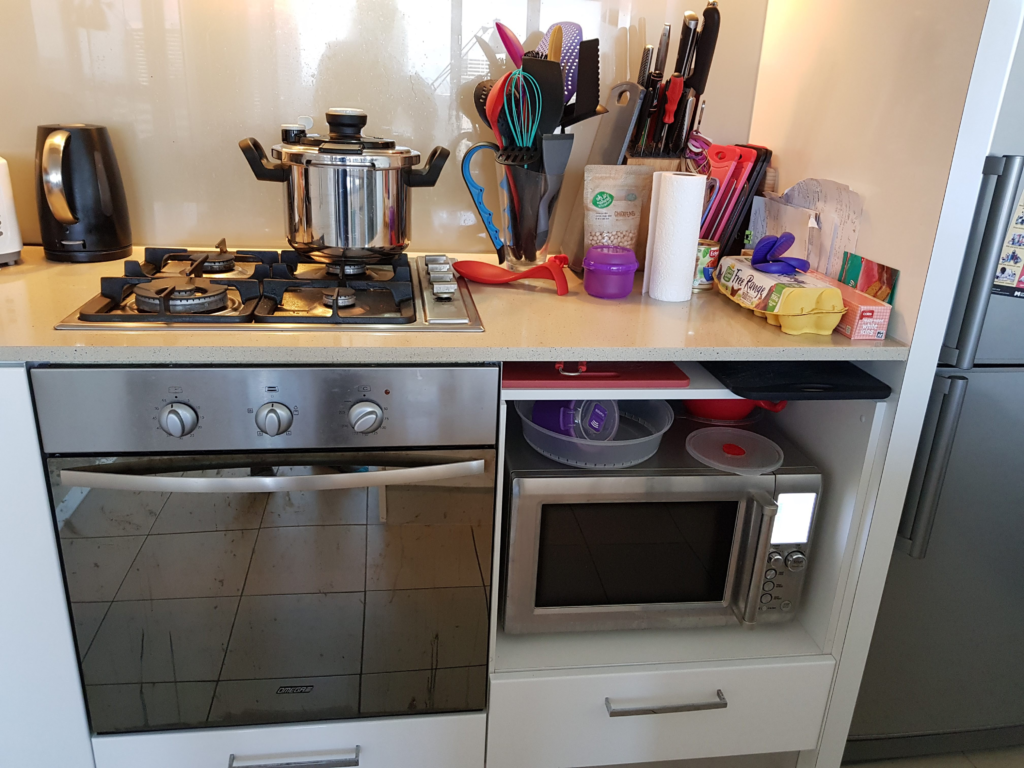City Know-hows

Are you an urban planner or a policy maker interested in knowing how age-friendly the neighbourhoods of your city are? Would you like to know how to improve them?
Share
Target audience
Urban planners, policymakers, city designers, cities´ social services, older people’s associations and citizens´associations
The problem
Population ageing trends in cities is a policy issue in many countries, and it requires a multidisciplinary approach. While some sectors, such as urban planning, encounter difficulties in integrating age-friendliness, they are vital in enhancing the quality of life and well-being of all urban inhabitants. Furthermore, these sectors should provide solutions on how cities can meet the needs of a population that is living longer than ever before.
What we did and why
Using the World Health Organization’s age-friendly cities indicators framework as a basis, we wanted to establish a new indicators framework related to urban planning. Aligned with the URBANAGE project, various cities have followed a process to adapt it to their needs and interests, contrasting with the cities and co-creating with older people and civil servants. The result has been the definition of an indicators framework to evaluate the age-friendliness of various neighbourhoods within a city.
Our study’s contribution
To create an age-friendly city:
• It is important to adapt the indicators framework to the physical, social, and cultural context of the city.
• Co-creation with older people, with diverse needs and requirements, is key to understanding what the city is not offering them.
• Collaboration among different city departments is necessary to integrate information from physical space, services, and social dimensions.
• The lack of quality data is a barrier to developing tools that support informed decision-making.
Impacts for city policy and practice
Creating age-friendly cities is a multifaceted issue that helps address the demographic, climate, and digital challenges and requires an integrated approach involving all city departments. By identifying the indicators framework urban planners can gain valuable insights into the future requirements of the citizens, enabling them to make informed choices when creating age-friendly environments. By using indicators and data, policymakers can prioritize and optimize investments at the local level, achieving the most significant enhancements in neighbourhood age-friendliness.
Further information
URBANAGE H2020 project The project webpage with all the information of the project and the produced information.
WHO Age-Friendly Cities Network The WHO Global Network for Age-friendly Cities and Communities was established in 2010 to connect cities, communities and organizations worldwide with the common vision of making their community a great place to grow old in.
Age Platform Europe A European network of non-profit organisations of and for people aged 50+, which aims to voice and promote the interests of the 200 million citizens aged 50+ in the European Union (Eurostat, 2018) and to raise awareness on the issues that concern them most.
Full research article:
Is your city planned for all citizens as they age? Selecting the indicators to measure neighbourhoods’ age-friendliness in the urban planning field by Silvia Urra-Uriarte, Patricia Molina-Costa, Unai Martin, Uyen Nhu Tram and Juanita Devis Clavijo.
Related posts

We examine how caregiving-related needs remain overlooked in walkability and Transit-Oriented Development strategies. Despite high levels of urban complexity, many transit-accessible areas lack essential caregiving-support places, particularly in vulnerable neighbourhoods. This spatial mismatch limits care-engaged individuals’ ability to chain trips, and access services, reinforcing mobility and social inequities. Our research highlights the need to integrate caregiving accessibility into planning frameworks to ensure that walkable cities are also inclusive and care-supportive.

This study measured the effectiveness of stepping stones as an element of landscape design – to make walking a more effective form of exercise for health. The average increase in heart rate due to steppingstones was 17.22%. In conclusion, we estimate that stepping stones can significantly increase peoples metabolic and physiological parameters, and can help the wider population to achieve the recommended government and health guidelines of ‘moderate exercise’ of 150 min/week, improving population health. This new evidence can help designers to implement ‘Active Urbanism’ strategies.

Apartment kitchens need to be better designed to support healthy food practices.